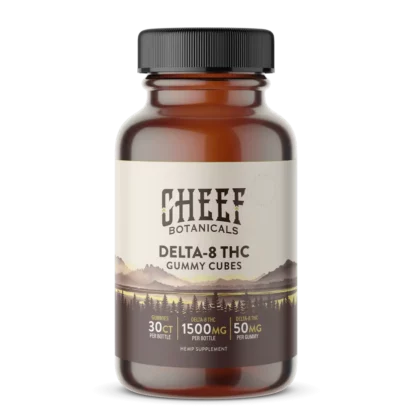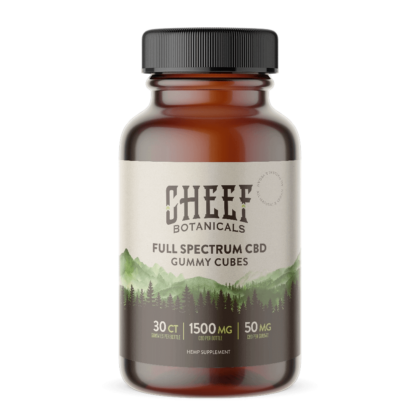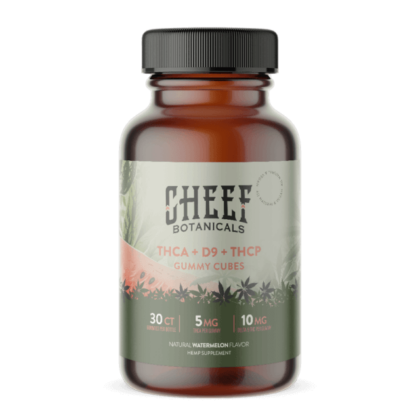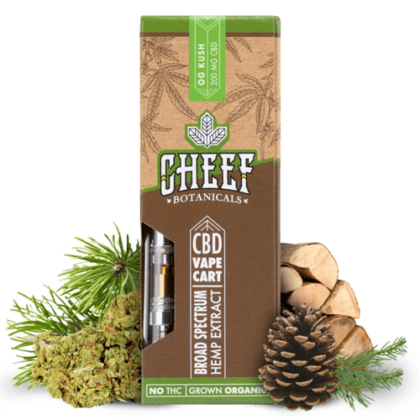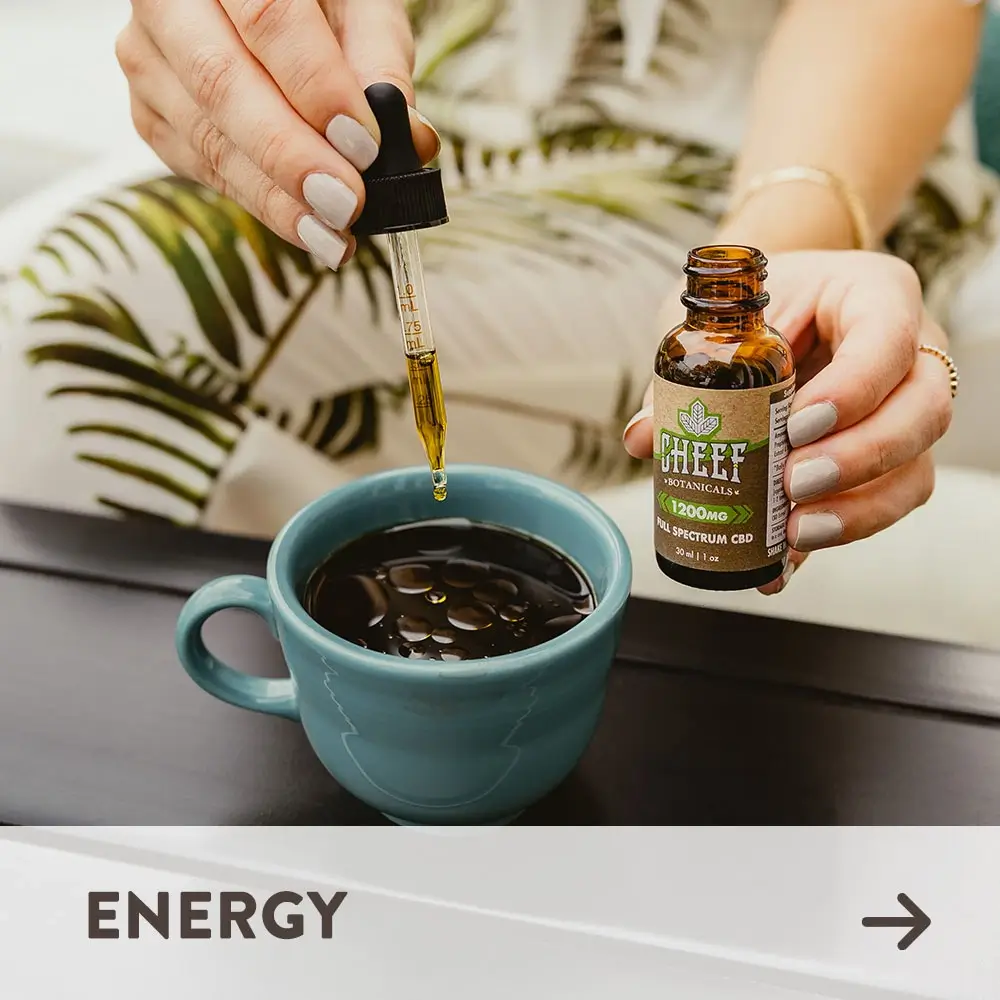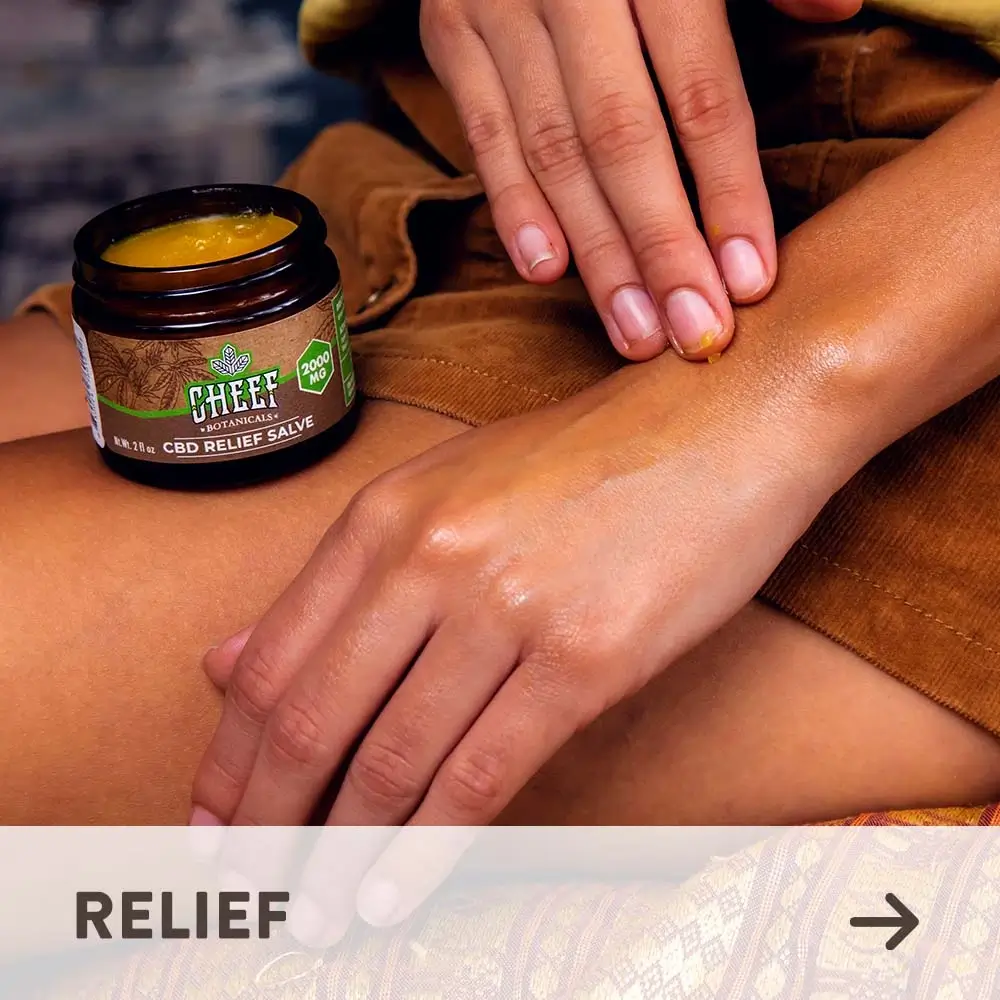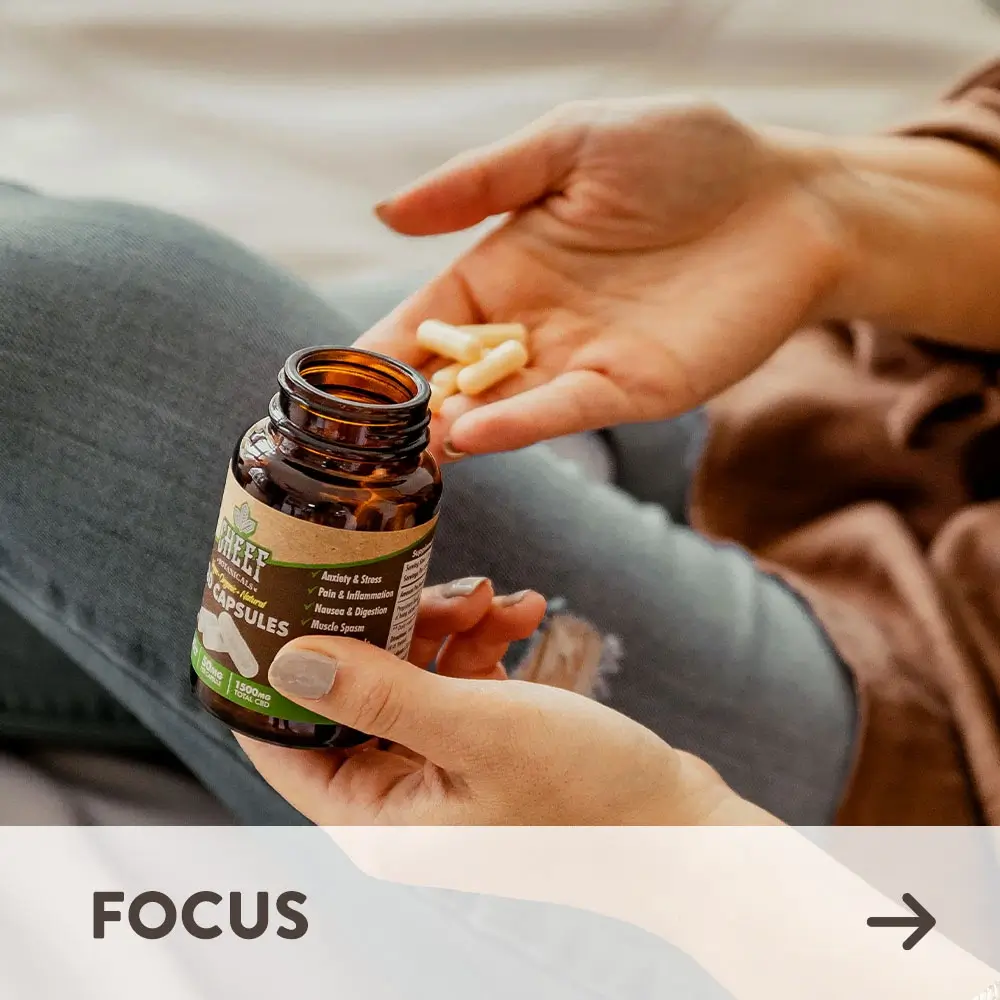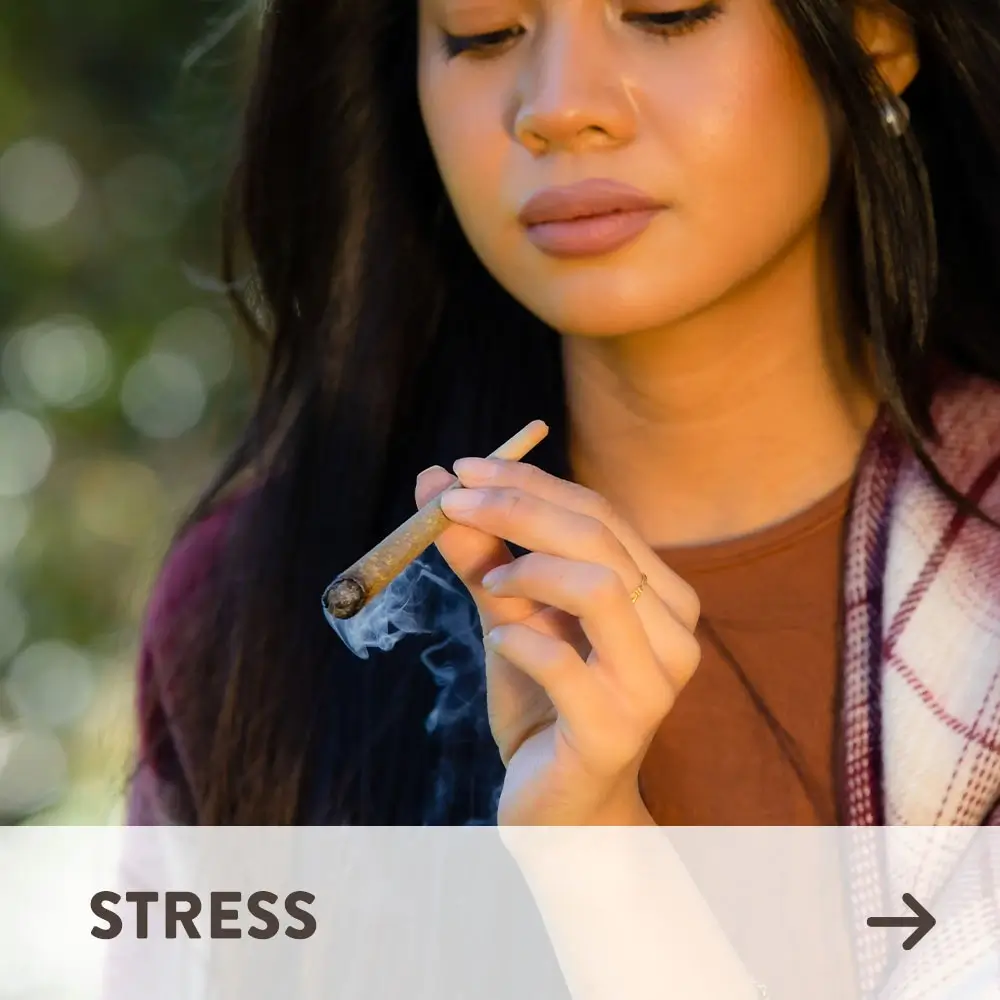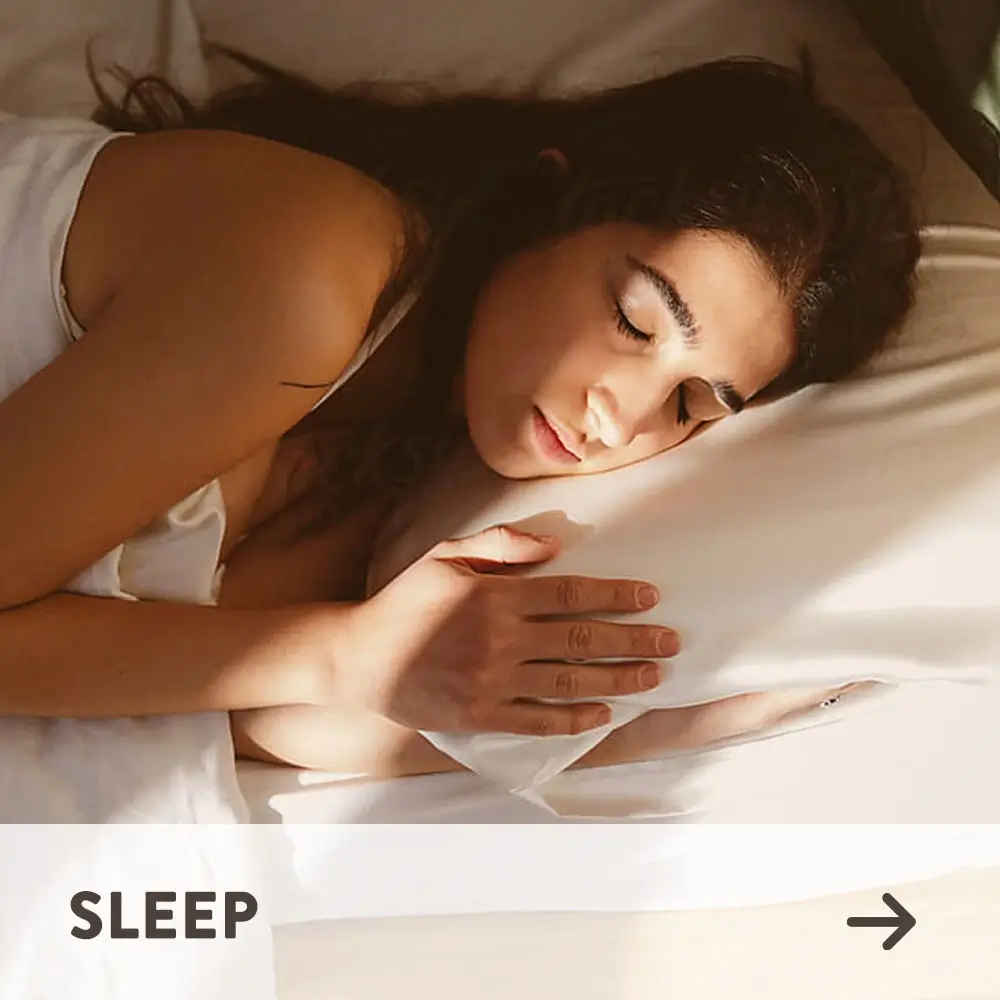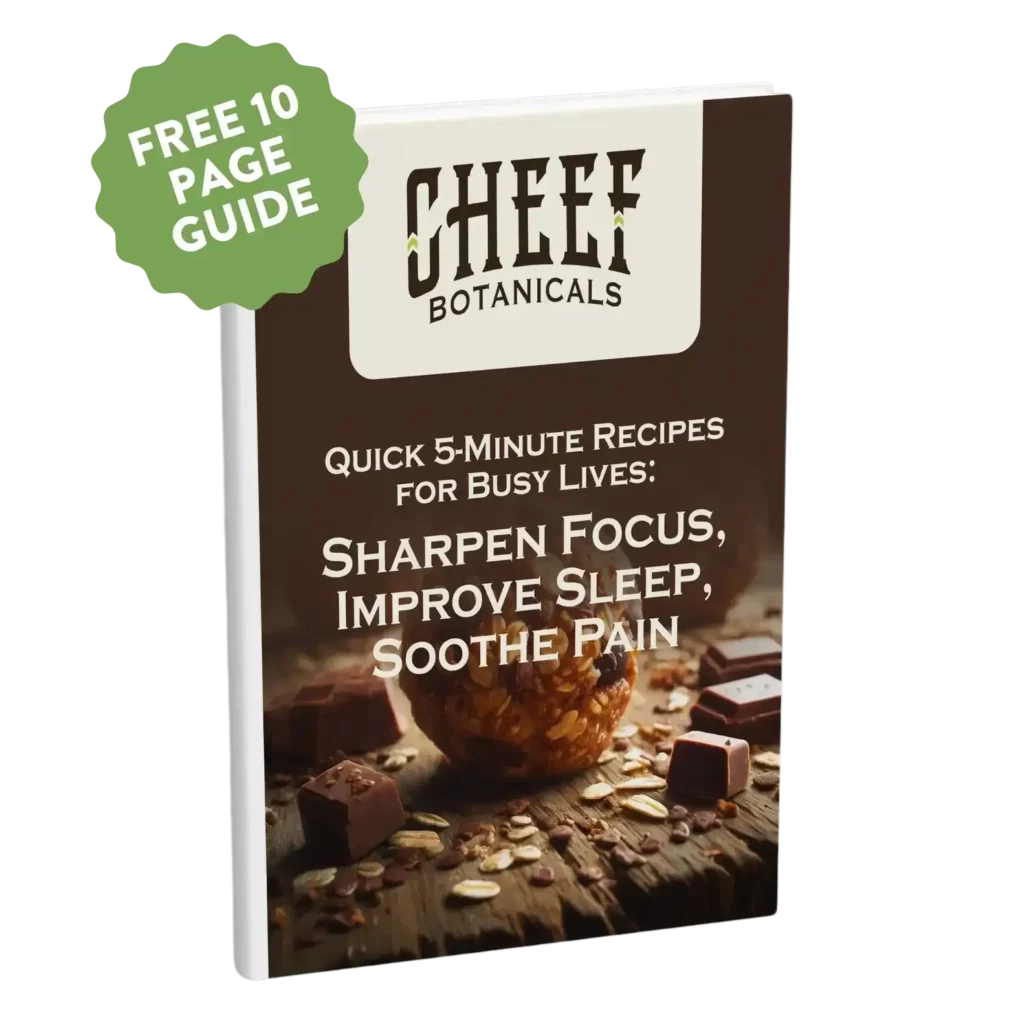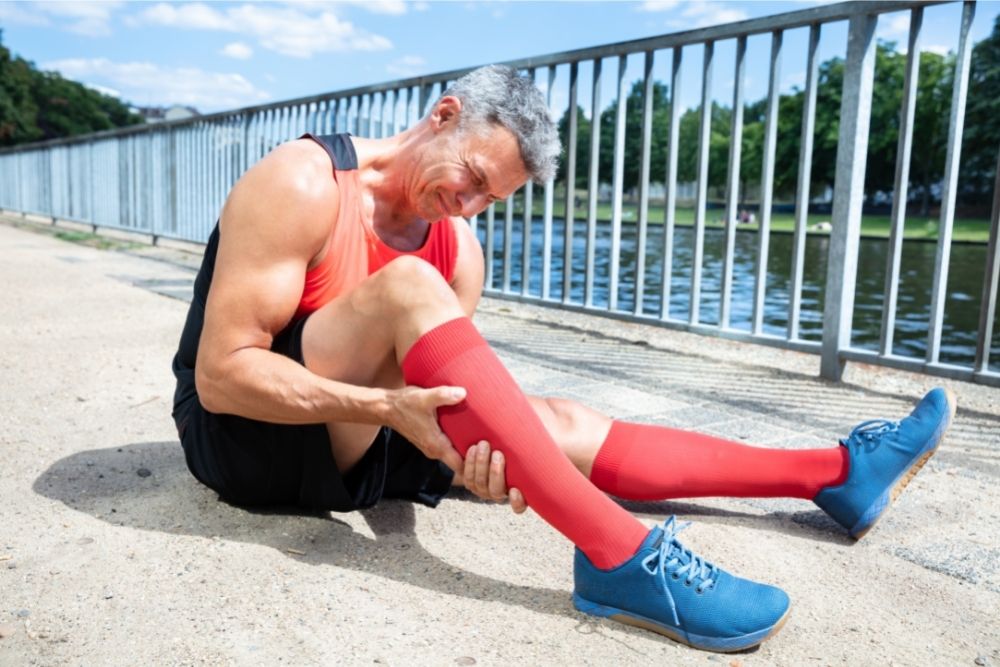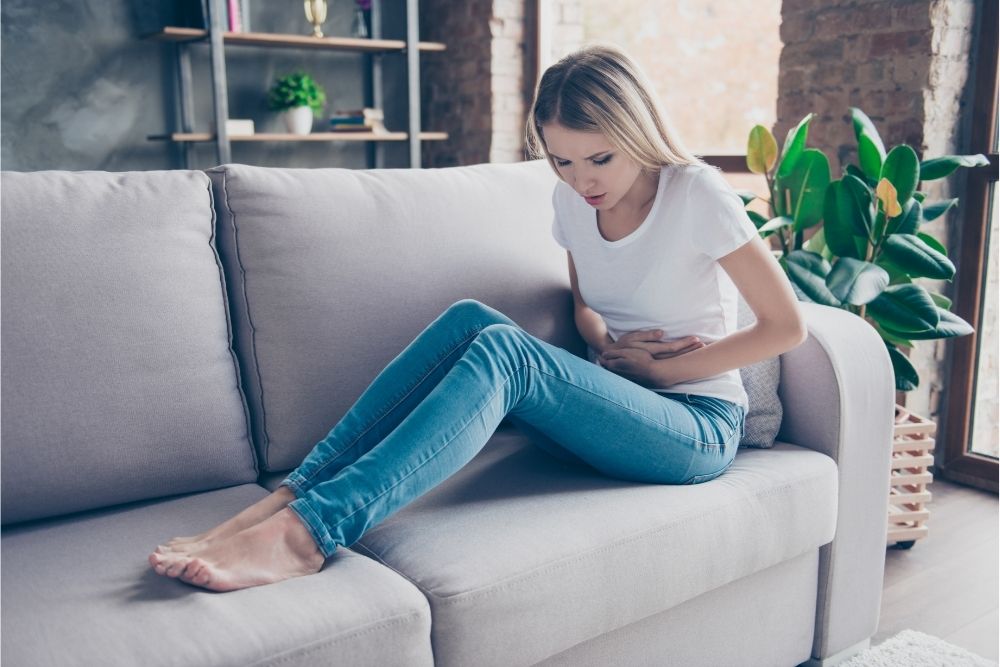-
Shop
-
By Benefit
-
Discover
- Which Product Is Right For You?
Home Remedies for Cramps: How To Deal With & Prevent Cramps
Like most people, you’ve most likely experienced a cramp or two in your life. You probably remember that feeling of jarring tightness and severe pain caused by your muscle being locked in spasm. Fortunately, we have a few fantastic home remedies for cramps so that next time, you’ll be better prepared!
Well, we couldn’t be there for you then (our apologies), but we’re here now to help you learn how to fight off and prevent muscle cramps! Don’t let them cramp your style (see what we did there?) ever again!
What Are Cramps?
A muscle cramp, sometimes also called a charley horse, is the sudden and painful contraction of a muscle that can last anywhere from a few seconds to several minutes. These muscle cramps typically occur in the larger muscles, such as those in the legs. They’re usually categorized as either exercise or non-exercise-related.
The good news is that these cramps are temporary and can be easily soothed with a bit of at-home self-care! Cramps occur involuntarily and involve part or all of a muscle (or even several muscles). Among the most common areas for cramps to pop up are the hands, arms, feet, abdomen, arms, and stomach.
The most commonly affected muscle groups are:
- Back of lower legs/calves (gastrocnemius)
- Back of thighs (hamstrings)
- Front of thighs (quadriceps)
Some common symptoms of cramps can also include:
- Severe discomfort
- Weakness or inability to move a part of the body
- Sudden, sharp pains
- Swelling, redness, or tension
What Causes Cramps?
There are a handful of factors that often contribute to muscle cramps. These include stretching and overusing a muscle or launching into an intense exercise regimen without warming up. In general, exercise-related muscle cramps are far more common than cramps that aren’t related to exercise.
Common Causes of Cramps
- Not stretching regularly enough
- Dehydration
- Overworking your muscles
- A lack of potassium or magnesium in your diet
- Poor circulation/blood flow
- Being active in high temperatures
- Medical issues such as a spinal cord injury or a pinched nerve in the back or neck
Additionally, decreased muscle mass or lack of muscle use can make any amount of tension more likely to result in a cramp. Muscle and nerve function often declines with age or infrequent use. Without proper stretching or regular exercise, cramps (including those unrelated to exercise) are likely to occur more frequently.
Dehydration can also increase the chances of muscle cramping. In addition, dehydration leads to a lack of vital minerals needed, which can affect your health. Without these important minerals, the likelihood of experiencing painful cramps increases significantly.
Luckily, you can take some dietary supplements to boost your vitamin and mineral levels. Low levels of any of the minerals listed below can cause muscle cramps:
- Calcium
- Potassium
- Sodium
- Magnesium
Although most muscle cramps are harmless, some may be related to an underlying medical condition, such as inadequate blood supply. If you have reason to believe this is the case, we recommend speaking with your doctor as soon as possible.
Are Cramps Painful?
They can be, especially if they’re located in a particularly sensitive area or last for extended periods! A more severe cramp could be the result of a more serious health condition. For example, you could have constipation, a stomach virus, or indigestion that is causing the cramps. For women, menstrual cramps can be particularly painful and cause discomfort in their stomach and abdomen area.
Related: Home Remedies for an Upset Stomach [Why It Hurts & How to Help]
What Does a Cramp Feel Like?
Cramps typically feel like a tightening or constricting of your muscles. They are often reported as feeling like anything from an uncomfortable tugging sensation to a sharp stabbing pain. Anyone experiencing cramping may have trouble moving for a little while until the pain goes away.
When it comes to the ladies, a menstrual cramp is often reported as that familiar constricting and tightening pain in the lower abdomen/pelvic area or even in their back. In some cases, a more severe period cramp can sometimes reach the upper thigh area.
How Long Do Cramps Last?
Muscle cramps often range in intensity, varying anywhere from a slight annoyance to unbearable pain. A cramping muscle might appear visibly distorted, twitch beneath the skin, or feel hard to the touch. Cramps can last anywhere from a few seconds to even 15 minutes or longer. Sometimes they may even reoccur multiple times before it goes away!
Unfortunately, when dealing with period cramps, many women are often forced to deal with menstrual pain throughout the full duration of their cycle. Fortunately, there are a few ways to manage the discomfort right from your own home.
How to Prevent Cramps
Having a few home remedies on deck may help ease your pain after or during a cramp. It never hurts to take a few preventative measures to lower the likelihood of you having to deal with cramps in the first place!
Remember, the simplest way to prevent muscle cramps is to limit and avoid exercises that put too much strain on your muscles and stay hydrated at all times. Below, we’ve provided a shortlist of quick and simple ways that you can fend off cramps before they even get the chance to launch their impending assault on your muscles:
- Warm up or stretch before participating in rigorous exercises. Failure to warm up is one of the leading causes of injury and muscle strain.
- Refrain from exercising right after you eat. Giving your food time to settle and digest will allow your body to catch up on all its natural processes.
- Lower your caffeine intake by limiting foods and drinks such as coffee, soda, and chocolate.
- Make sure that you stay properly hydrated. Try to increase your liquid intake when you exercise (and throughout the day) because your body loses more water when you’re physically active.
- Increase your potassium and calcium intake naturally by drinking orange juice and milk or by eating bananas.
Home Remedies for Cramps
There are plenty of simple home remedies that can help ease the pain of cramps! Even if cramps are only temporary, they are still unpleasant and can leave you feeling sore and uncomfortable afterward.
Stretch the Muscle
It is important when attempting to alleviate a cramp that you don’t try to push through it. Stop using that muscle immediately, allowing it to stretch out and relax.
First, try to stretch the strained areas by pulling on the affected muscles. For leg cramps, try pointing your toes upward while leaning forward to stretch the calf or quads. You can also put the front of your foot against a wall or flat surface, place something underneath your foot (such as a step or a few books), and let your heel drop.
Try to hold this stretch for 30 seconds or more to relieve the tightening and contracting of the muscle.
Massage
One immediate home remedy that you can attempt if you have a cramp is to massage the muscle gently. Massaging the cramped muscle will help increase the blood flow to the affected area. Many athletes and those who exercise regularly use this tried and true method to help ease a tightened muscle.
Rub the affected area deeply, but only as much as you can tolerate without creating more pain. If you experience a second muscle cramp, try this for a few minutes until the pain decreases. You don’t need to apply extra pressure to relieve your soreness, so feel free to massage the muscle however you feel is most comfortable.
Apply Heat
Like the massage remedy, applying heat to a cramped muscle is a pleasant and relaxing way to bring nutrient-rich blood to the cramped area. When you apply heat to a strained or sore muscle, the blood vessels are forced to dilate or widen. Wider blood vessels lead to more blood flow, which helps relieve cramps.
You can promote more blood flow by applying a heating pad, heat patch, hot towel to the muscle. More circulation can also help “wash away” harmful byproducts of muscle contraction and exercise. Typically when a muscle contracts, it produces natural chemicals, such as lactic acid, H+ ions, and bradykinin, which can all lead to cramping.
A heating pad is a popular product for many women that are going through painful periods! If you don’t have a heating pad, you can soak a towel in hot water and place it over the affected areas.
Apply Ice
While heat helps improve circulation to relieve cramps, applying ice can also help relieve tension and swelling. When dealing with persistent soreness after the cramp, ice can also help soothe and numb the pain a little more. Remember to wrap your bag of ice, frozen towel, or ice pack in a cloth to avoid applying it directly to your skin.
Hydrate
While fluids might not provide immediate relief from a cramped muscle, drinking water or drinks with electrolytes (potassium, salt, magnesium, and calcium) can significantly help reduce cramping. It may be worth adding drinks high in electrolytes to your workout routine to prevent cramps. Just make sure to look for low-sugar options if you’re grabbing a sports drink!
A lack of proper hydration can significantly increase the likelihood of cramps, even if you don’t work out. For example, if you don’t drink anything before you crawl into bed, you are much more likely to wake up with soreness in your legs or back.
Consider CBD
Cannabidiol (CBD) is a compound extracted from hemp with many amazing benefits for your body and mind. CBD has many soothing and therapeutic qualities that can improve your quality of life. The great thing about hemp and CBD is that there are NO intoxicating, psychoactive effects that you may experience with THC and marijuana!
There are many different CBD products that you can use to give yourself a little boost in your daily life. You can try CBD oil for a versatile, everyday product or take CBD gummies for a fun, easy, on-the-go snack!
Final Thoughts – Home Remedies for Cramps
Muscle cramps can be irritating, painful, jarring, and just flat-out uncomfortable. But we can promise you that even if you find yourself cramping up at the gym, the pain is only temporary and can be prevented in the future by taking a few simple precautions.
Remember not to panic! When a cramp sneaks up on you, the best thing to do is stop using that muscle, sit down, and try the various methods to ease your pain. We hope this article helped to prepare you for the battles ahead (or the morning stretches ahead, whichever comes first) and wish you the best of luck in warding off muscle cramps in the future!



